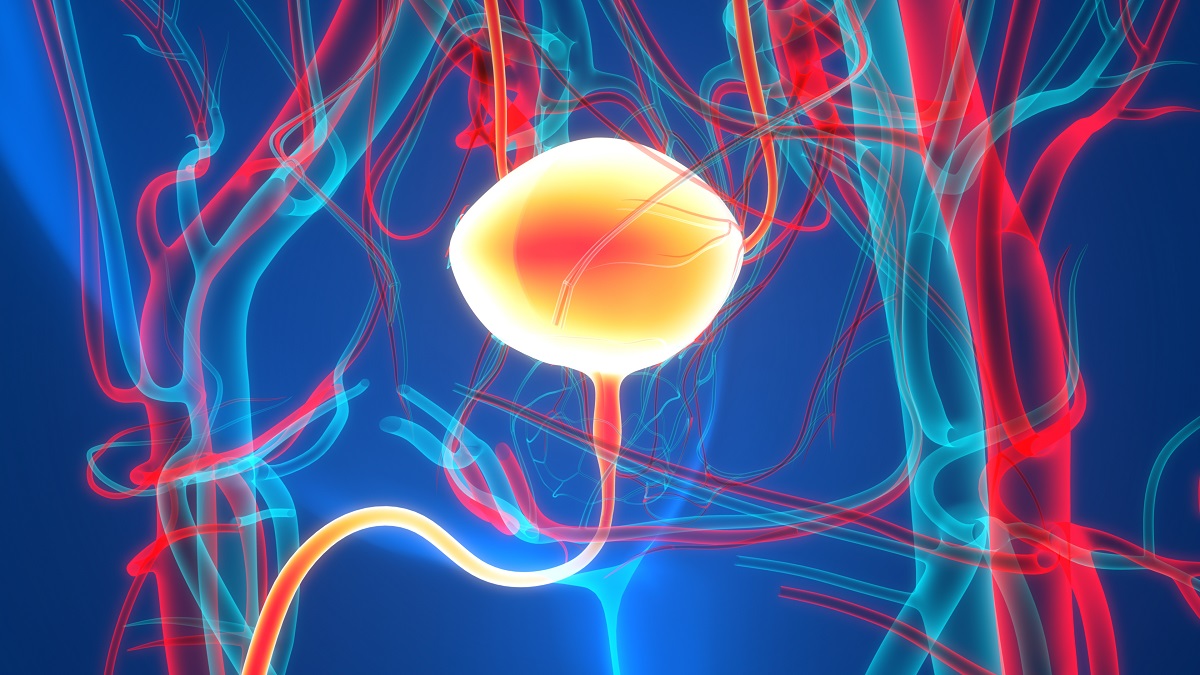KEY TAKEAWAYS
- The study aimed to investigate how the TIME influences clinical outcomes in patients with MIBC undergoing neoadjuvant chemotherapy.
- Researchers noticed that lower NLR and higher CD3+ T cells and B cells predict better outcomes in patients with MIBC receiving NAC.
Neoadjuvant cisplatin-based chemotherapy (NAC) followed by cystectomy is the standard of care for patients with muscle-invasive bladder cancer (MIBC). While pathologic complete response (pCR) to NAC is linked to improved survival rates, only 30%-40% of patients with MIBC achieve this response.
Alberto Mendoza-Valderrey and the team aimed to focus on the Tumor and Immune Microenvironment (TIME) and its potential role in predicting the clinical outcomes of patients undergoing NAC.
They performed an inclusive analysis on 19 patients with MIBC who received NAC, categorizing them into pathologic complete response (pCR, n = 10) and non-pCR (n = 9) groups. To explore the TIME, bulk RNA sequencing (RNA-seq) and immune protein evaluations using Digital Spatial Profiling (DSP) were conducted on formalin-fixed paraffin-embedded (FFPE) tumor biopsies collected before NAC treatment.
Additionally, immunohistochemistry (IHC) assessments focused on CD3 and CD20 expression were performed on both baseline and end-of-treatment (EOT) FFPE samples. Baseline peripheral blood samples were analyzed to determine lymphocyte and neutrophil counts. For survival analysis, Kaplan-Meier analyses and Cox proportional hazards regression models were utilized to evaluate overall survival (OS).
About the results, pCR patients demonstrated lower neutrophil counts and neutrophil-to-lymphocyte ratio (NLR) in the periphery compared to non-pCR patients. Within the tumor microenvironment (TME), gene expression analysis and protein evaluations revealed a higher abundance of B cells and CD3+ T cells in pCR patients compared to those who did not achieve pCR.
Conversely, increased protein expression of ARG1+ cells, along with cells expressing immune checkpoints such as LAG3, ICOS, and STING, was observed in the TME of non-pCR patients.
The study concluded that lower neutrophil-to-lymphocyte ratio (NLR) levels and increased infiltration of CD3+ T cells and B cells in the TME are linked to improved response rates and long-term outcomes in patients with MIBC undergoing NAC. These findings underscore the importance of considering the immune environment when predicting clinical outcomes for patients with MIBC treated with NAC.
This study was funded by the Rosalie and Harold Rae Brown Foundation.
Source: https://pubmed.ncbi.nlm.nih.gov/39119802/
Mendoza-Valderrey A, Choe J, Kessler DM, et al. (2024). “Impact of intra-tumoral immunity on predicting response and survival after neoadjuvant cisplatin-based chemotherapy in patients with muscle invasive bladder cancer.” Cancer Med. 2024 Aug;13(15):e70088. doi: 10.1002/cam4.70088. PMID: 39119802; PMCID: PMC11310761.



